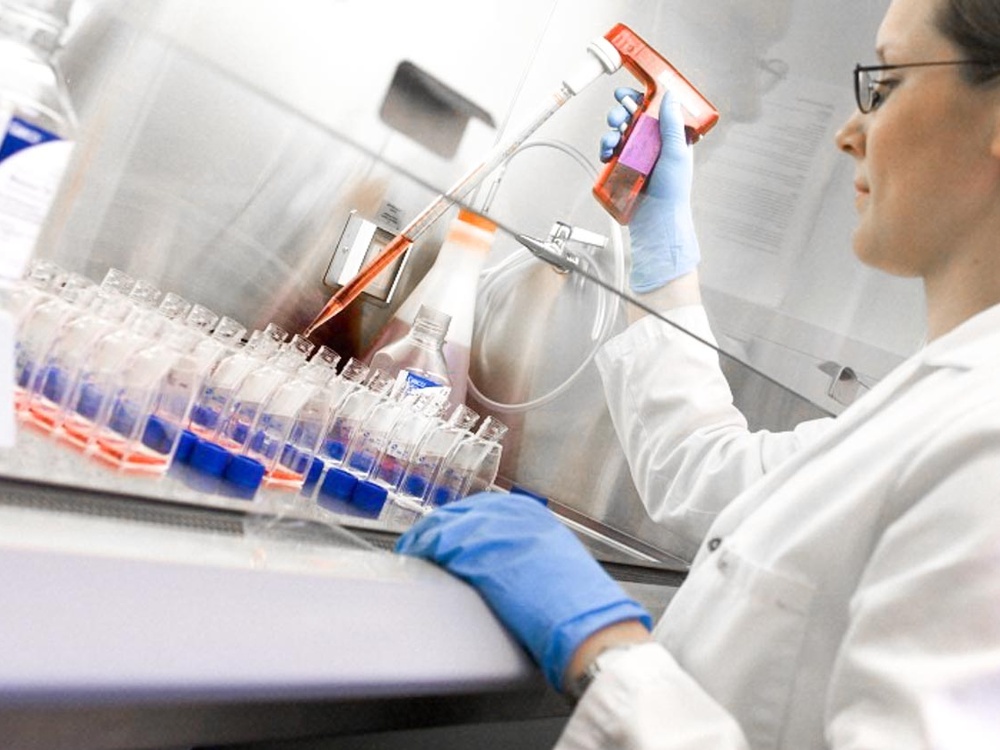What is the Leigh Syndrome International Consortium?
The Leigh Syndrome International Consortium unites the world’s leading scientists, clinicians and mitochondrial disease patient advocacy groups under a collaborative and inclusive approach to drive research that will advance the understanding of Leigh syndrome, uncover effective treatments and ultimately find a cure.
Who are members of the Leigh Syndrome International Consortium?
The Consortium is managed by a Governance Committee comprised of international patient advocacy groups including Mito Foundation, Mitocon Onlus, People Against Leigh Syndrome (PALS), The Lily Foundation and the United Mitochondrial Disease Foundation (UMDF).
The Governance Committee works in tandem with international scientific and medical steering committees led by David Thorburn, PhD, FHGSA, FFSc (RCPA), FAHMS, Group Leader of Brain and Mitochondrial Research at Murdoch Children's Research Institute and Bruce M. Cohen, MD, FAAN, Paediatric Neurologist and Director of the NeuroDevelopmental Science Centre at Akron Children’s Hospital, to identify and select research projects to fund.
Scientific and medical steering committee members include Amy Goldstein, M.D., Enrico Bertini, John Christodoulou, Marni Falk, M.D., Mary Kay Koenig, M.D., Matthew Klein, Patrick Chinnery, Richard Haas, M.D. and Shamima Rahman.
What are Leigh Syndrome Roadmap Projects?
The Leigh Syndrome International Consortium is utilising a roadmap framework to improve diagnosis, therapeutic development and optimise patient care for Leigh Syndrome patients. Collectively, the projects under this framework are the Leigh Syndrome Roadmap Projects.
What are the goals of the Leigh Syndrome International Consortium?
While Leigh Syndrome was first discovered in 1951, there are significant knowledge gaps. The Consortium’s goal is to unite resources and together 'crack the code' on Leigh's disease. What does that mean? We need to understand it, define it and work together to cure it.
The Consortium currently has three areas of focus:
- Natural history: understanding the typical course and development of Leigh Syndrome, especially in the absence of treatment
- Clinical trial endpoints: meaningful outcomes that can be measured objectively (physical endurance, relief of symptoms, etc.) to determine whether the intervention being studied is beneficial
- Pre-clinical research: studies in test tubes or animals that yield preliminary efficacy, toxicity and safety information before moving to the human trial phase.
How much money has the Leigh Syndrome International Consortium committed to achieving these goals?
The Consortium has committed more than $1 million to Leigh Syndrome roadmap projects. Fundraising is ongoing and we continue to seek financial support from corporations, foundations and individuals.
What projects are currently underway?
Current projects include:
Research grants: $179,000 was awarded to six research teams that are actively working toward improving diagnosis, developing treatments and optimising clinical care for Leigh Syndrome patients.
Leigh Syndrome Research Network: Pilot-tested through the Children’s Hospital of Philadelphia (CHOP), the Consortium is employing an infrastructure to collect, analyse and share de-identified natural history data among Consortium members around the world with the goal of facilitating clinical trials on Leigh Syndrome. The scientific steering committee has agreed upon a core set of clinical assessments to ensure natural history data are collected in a harmonised way.
How will you continue to advance the Leigh Syndrome Roadmap Projects?
Next steps include:
- More research grants: the second grant cycle is tentatively planned for mid-2021
- Growing the research network: Taking what we learned at CHOP, we’re currently accessing what our Consortium sites need to implement the research network on a local level to then share data across the world.

